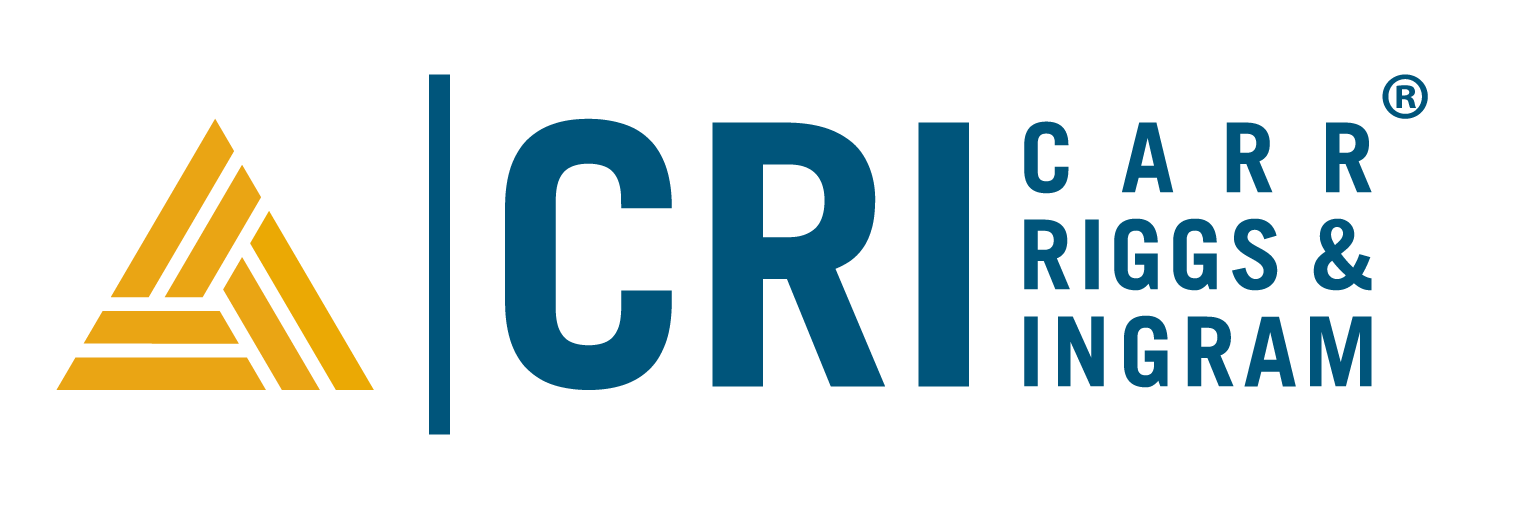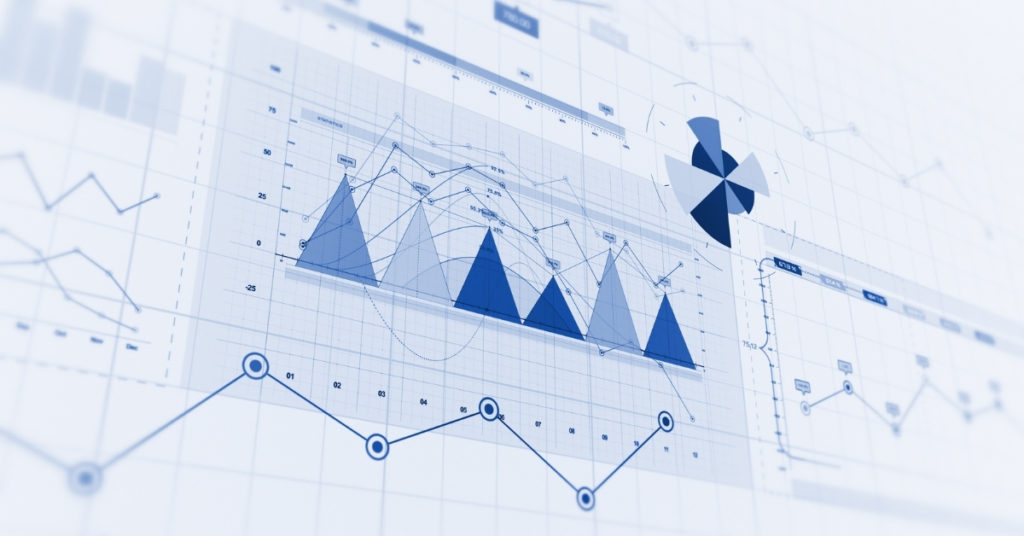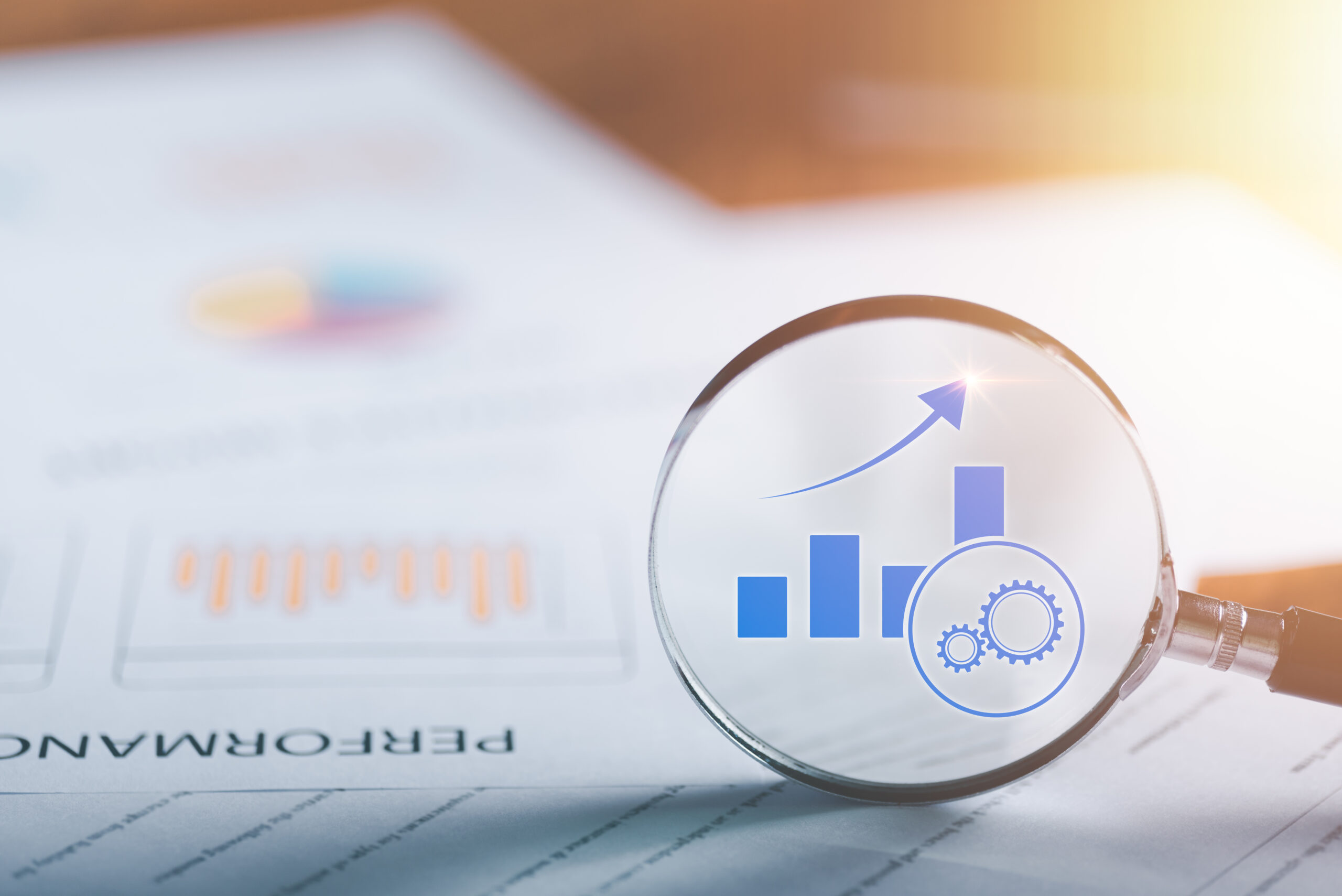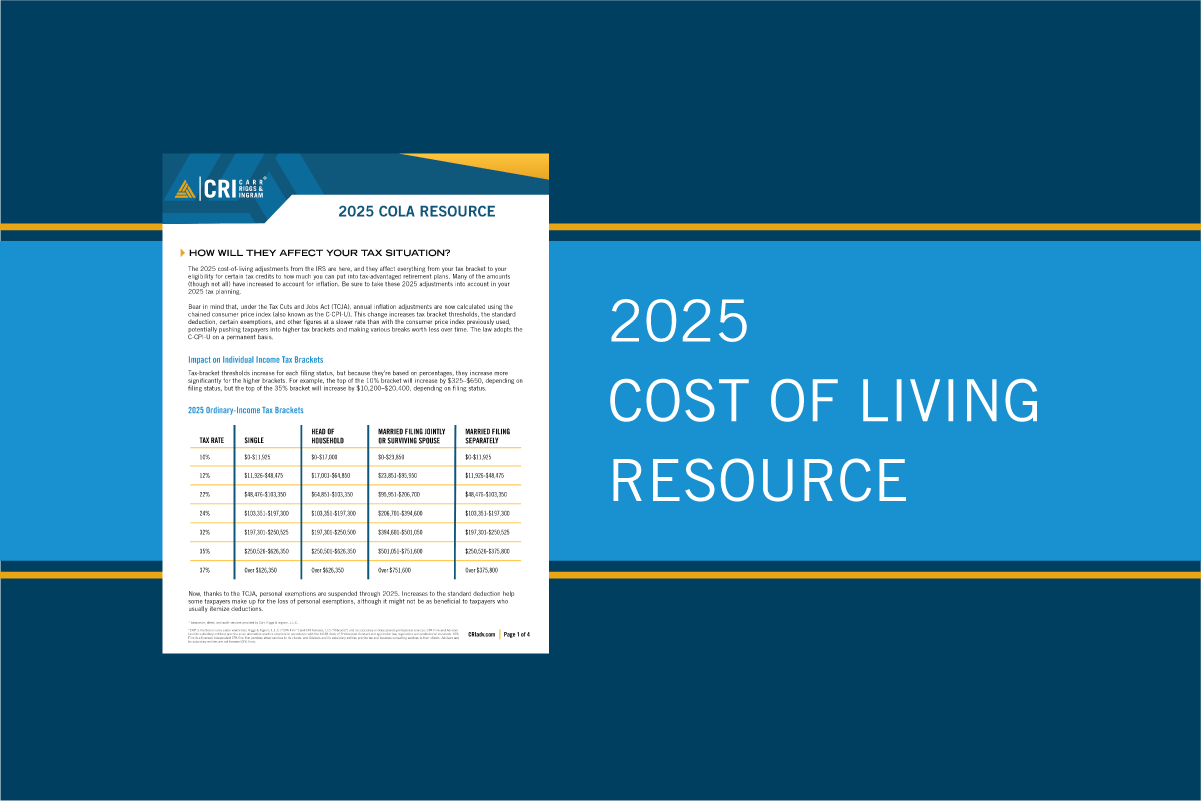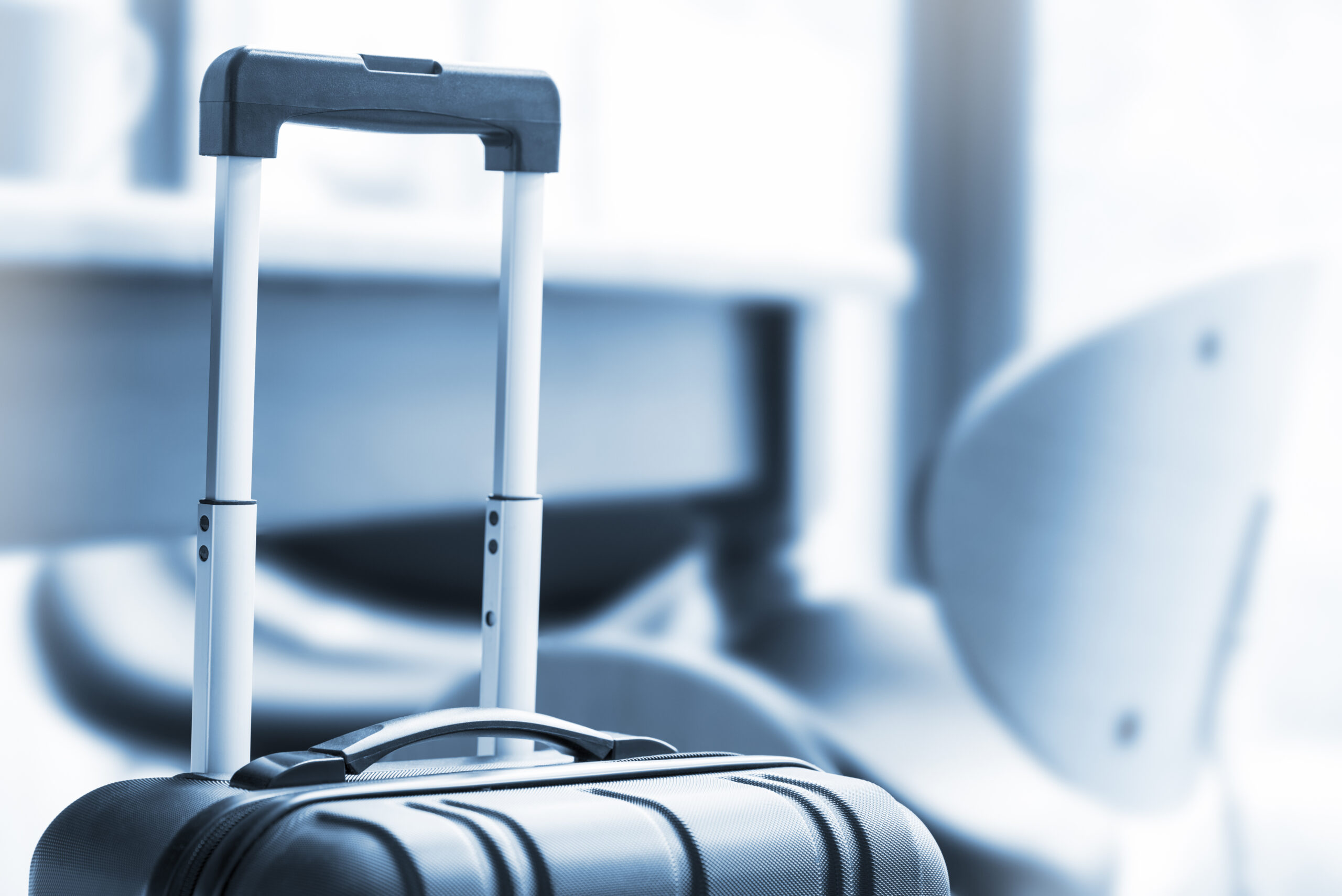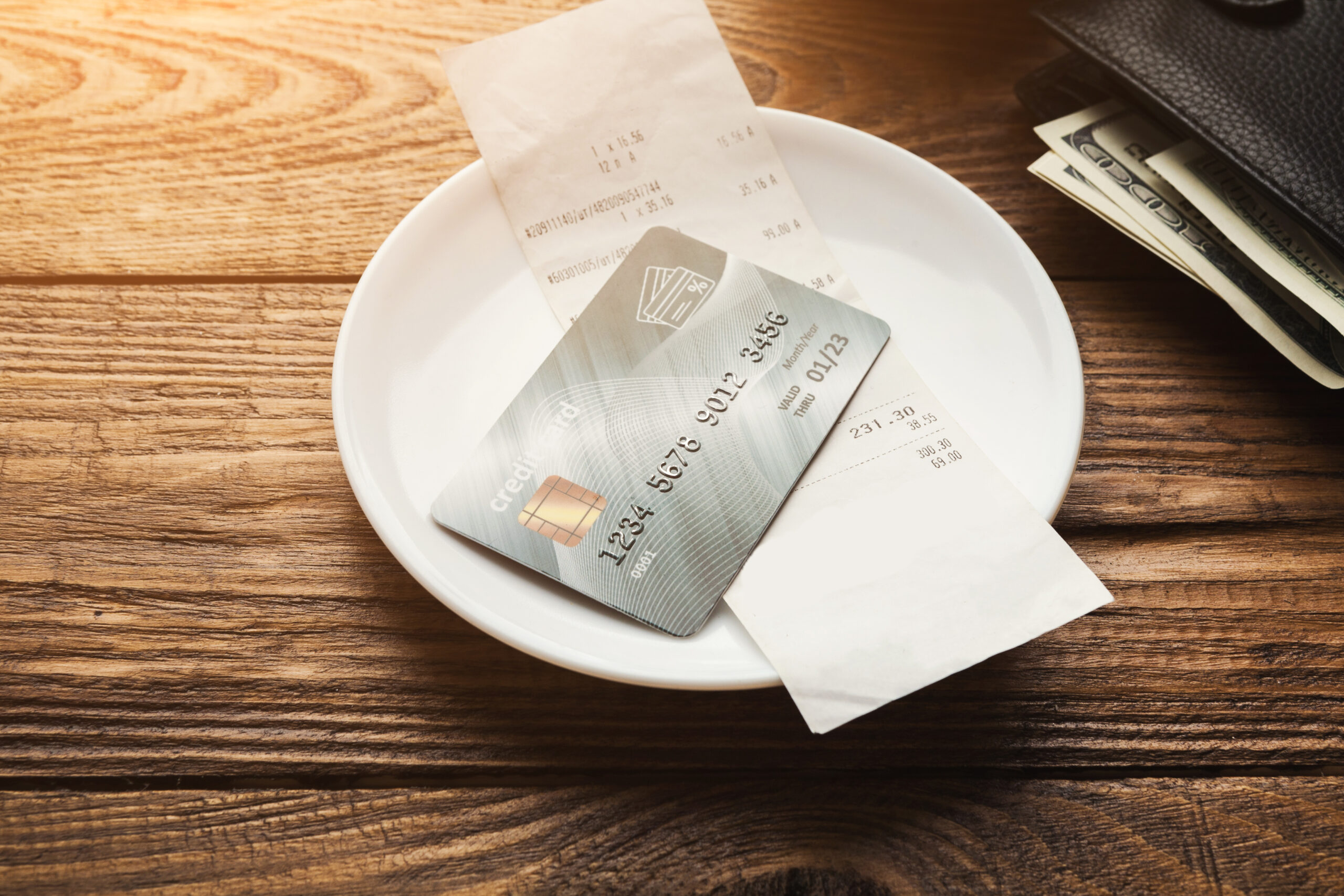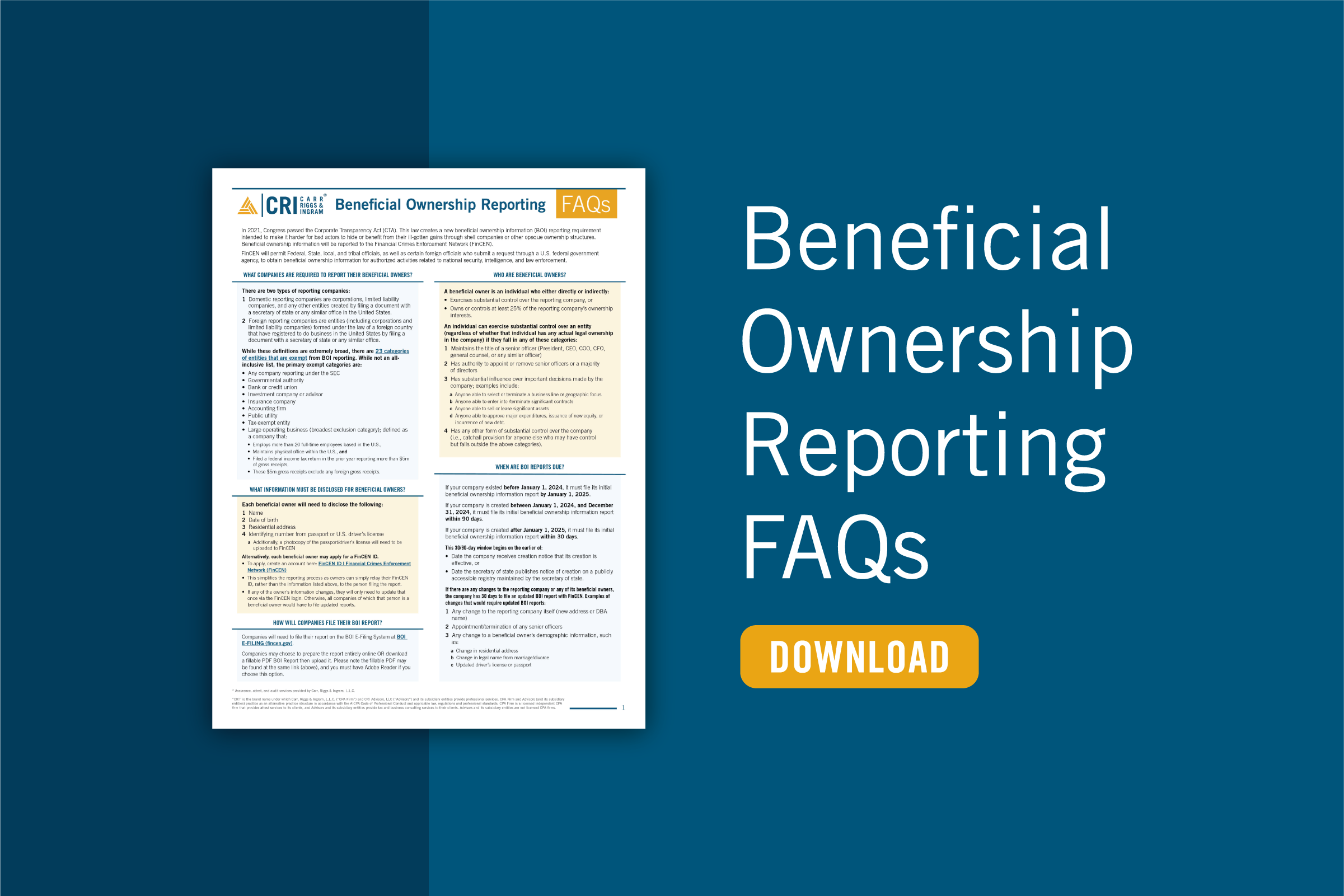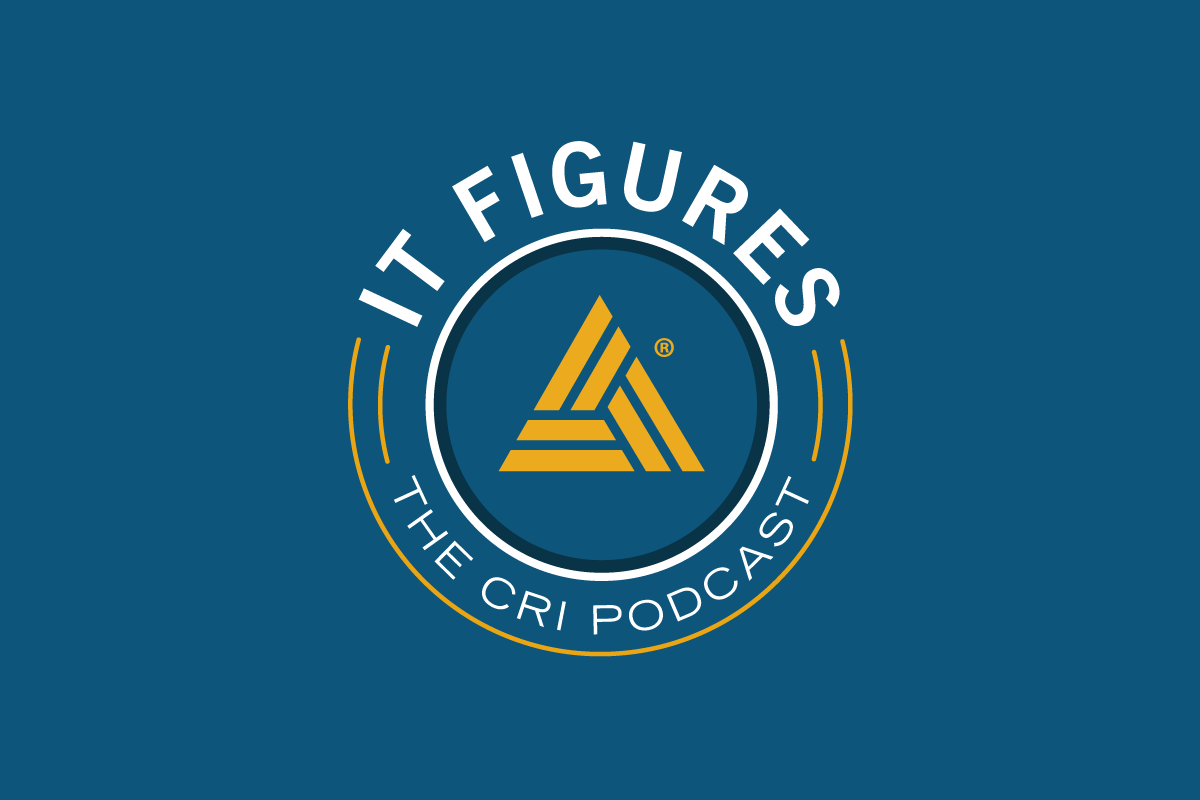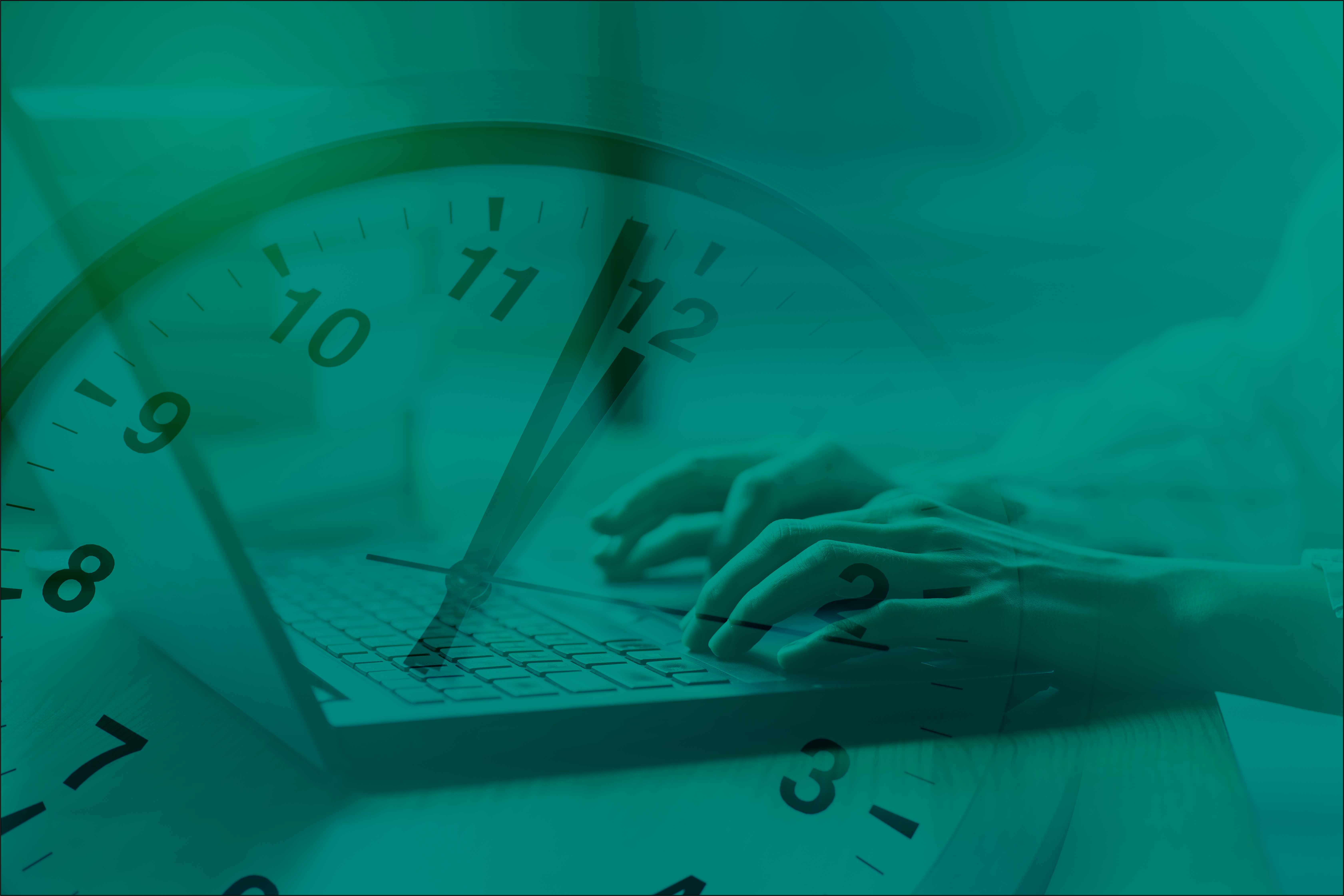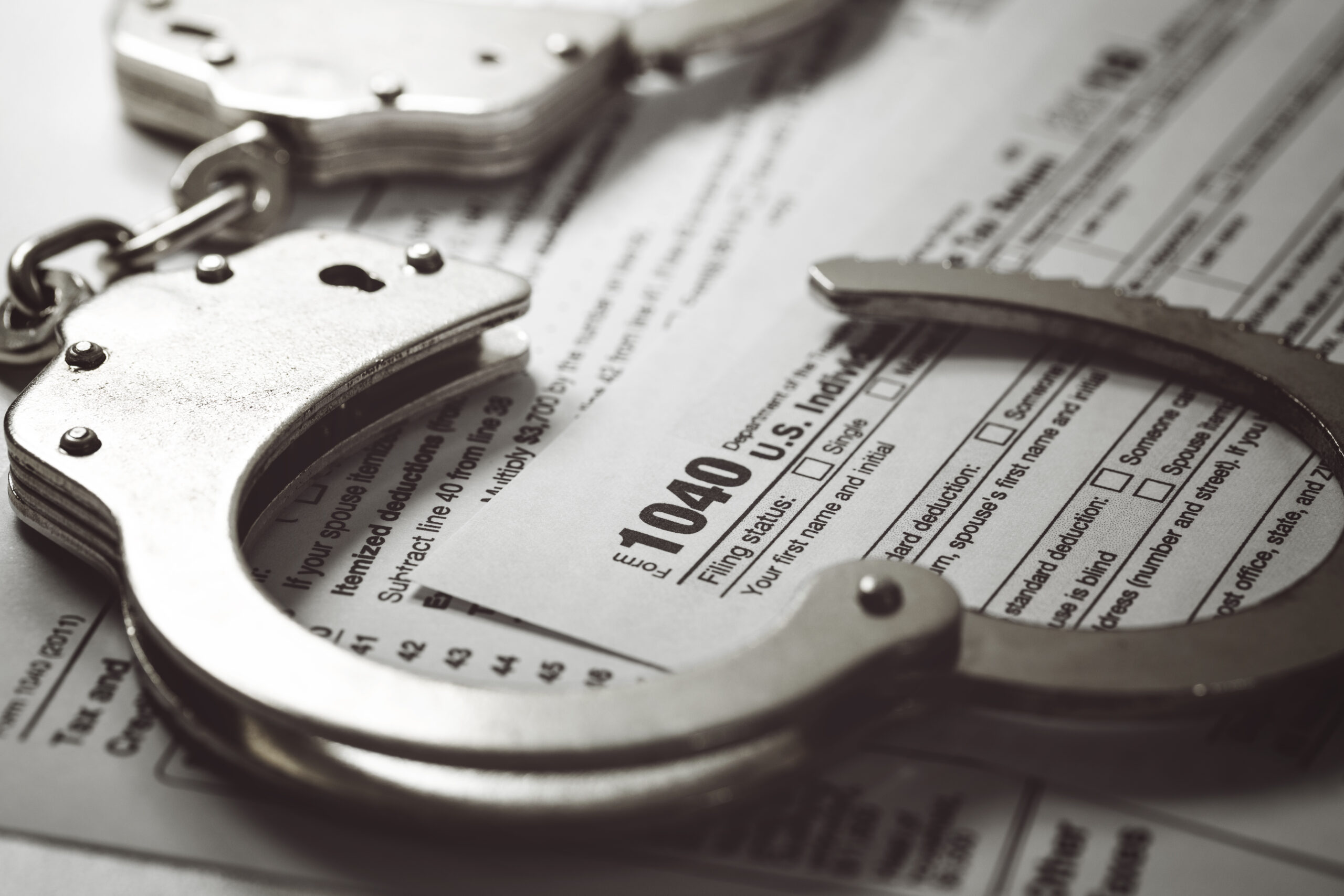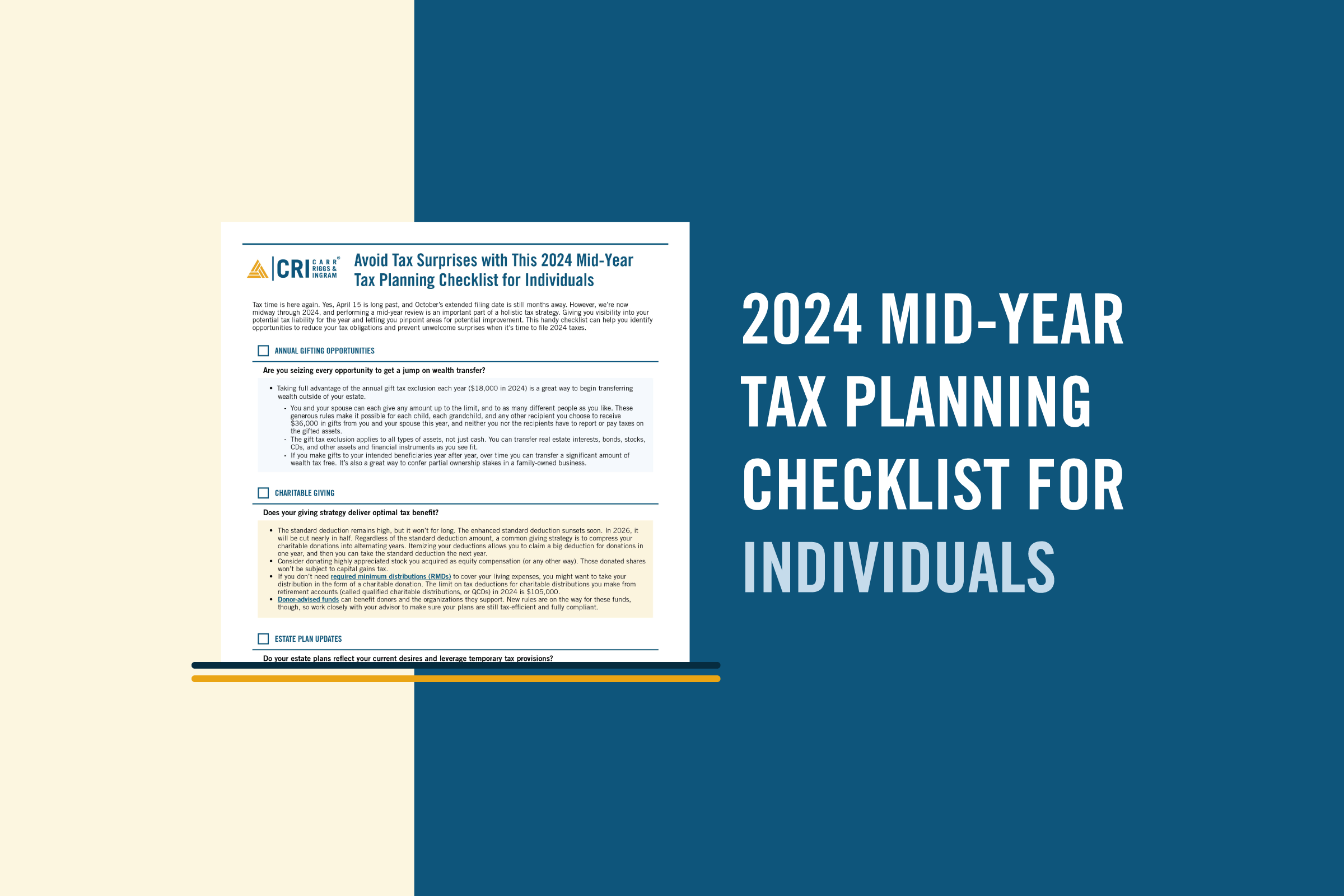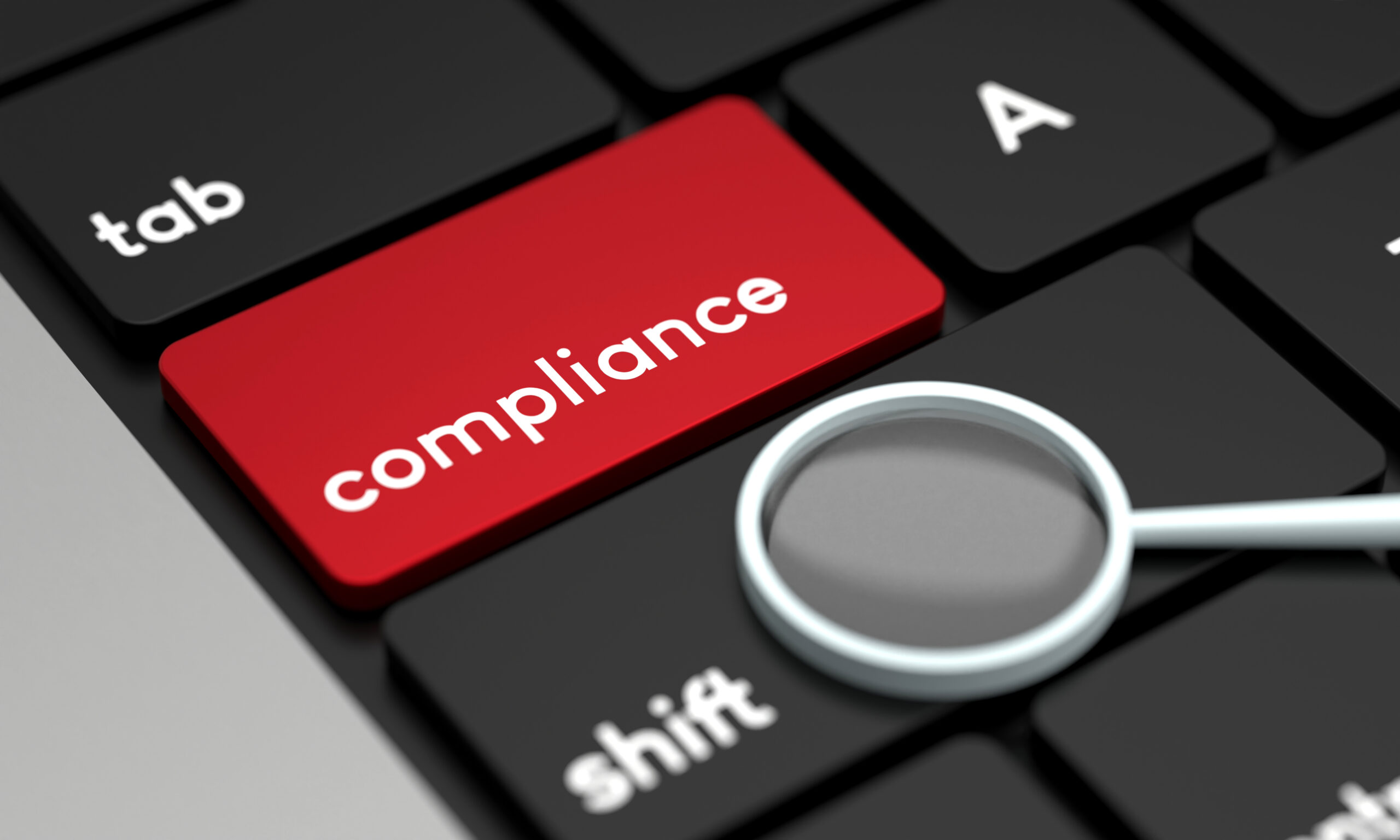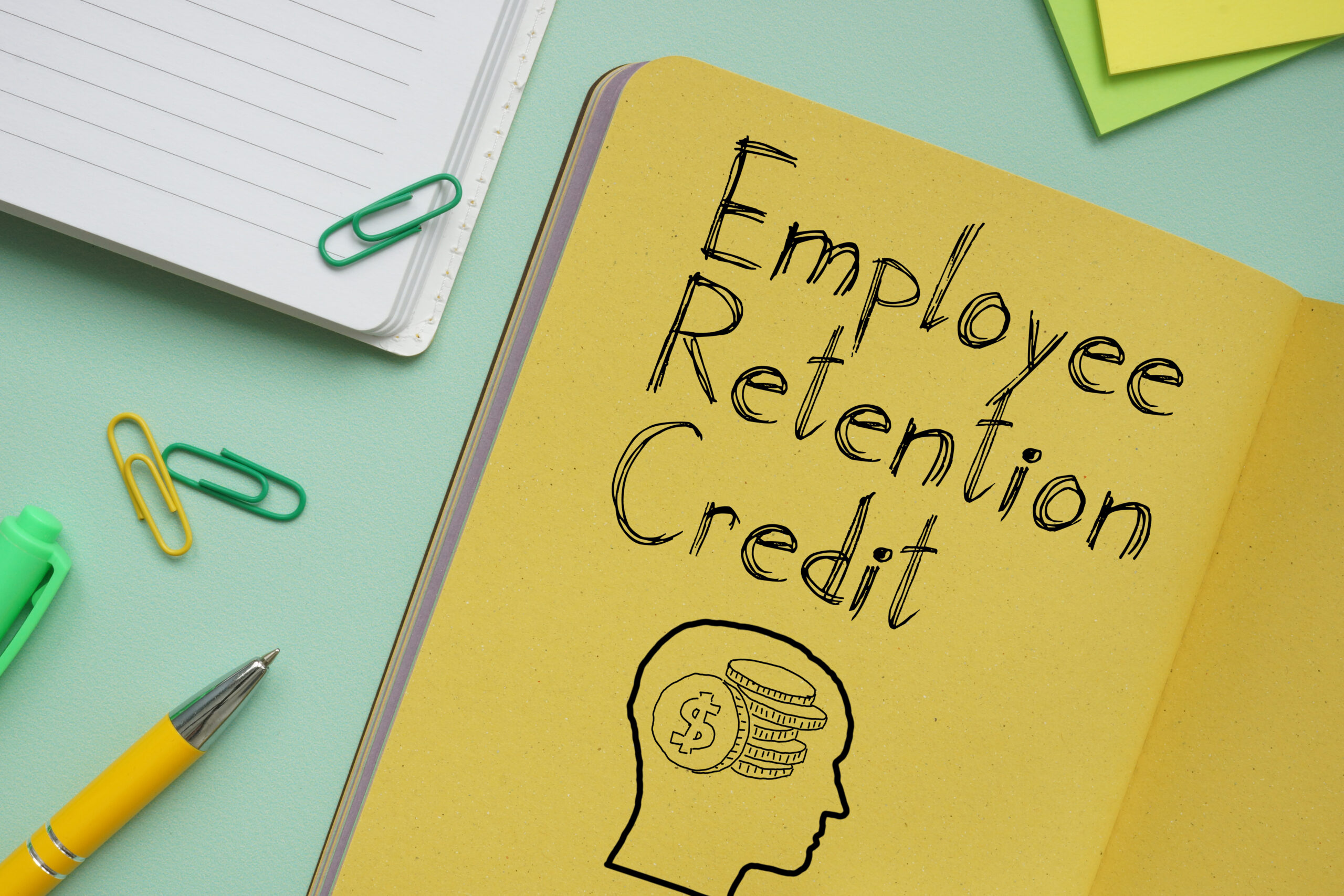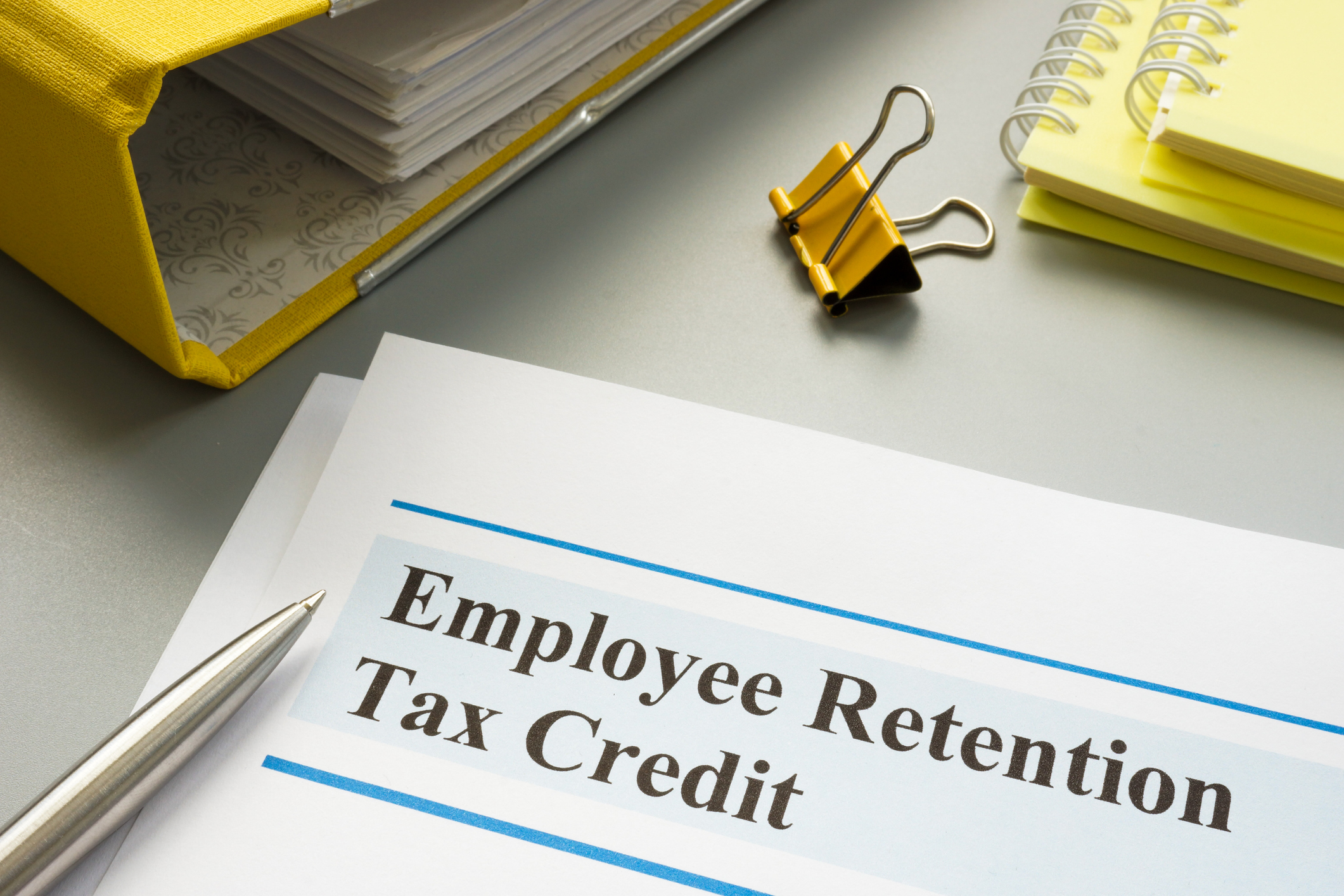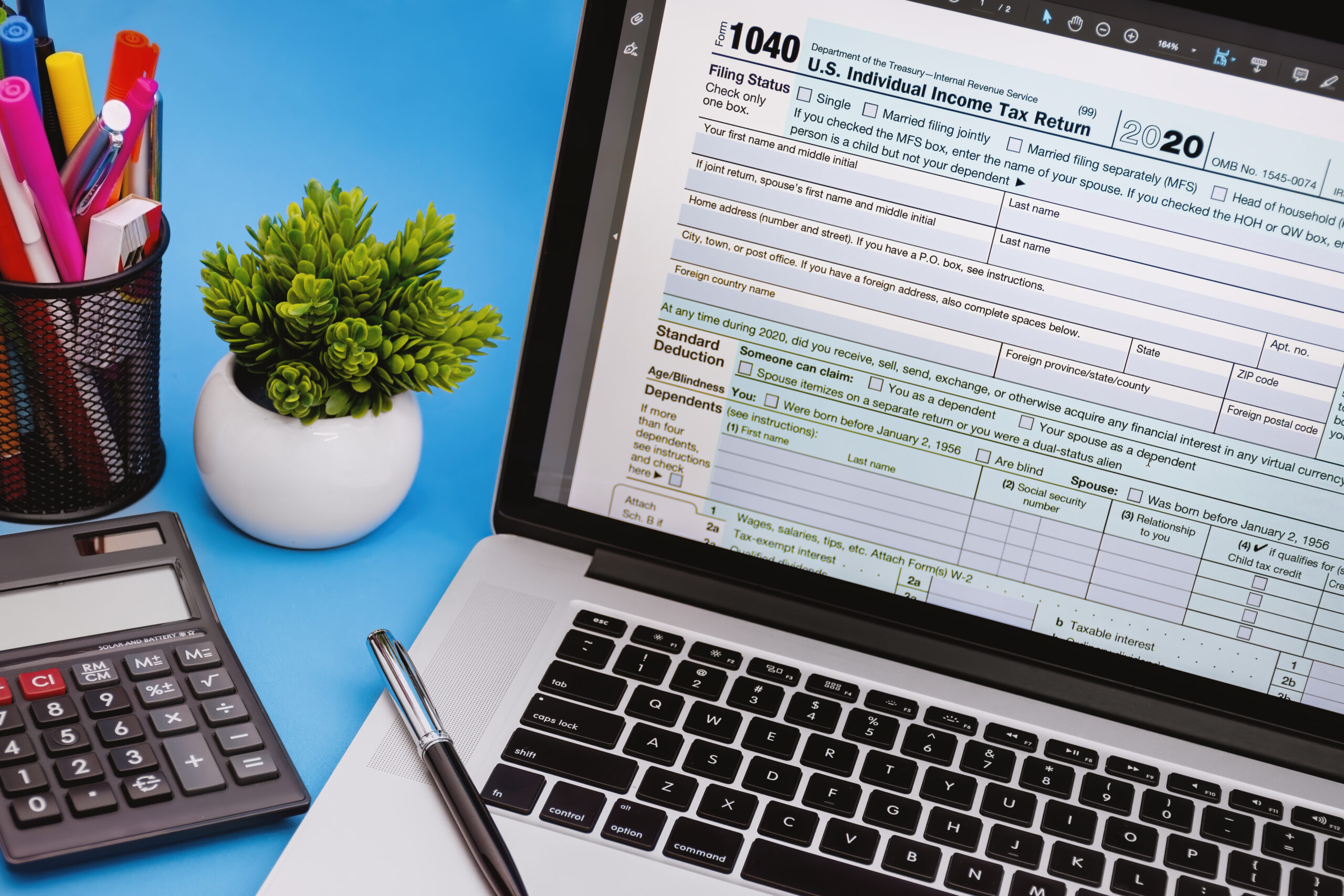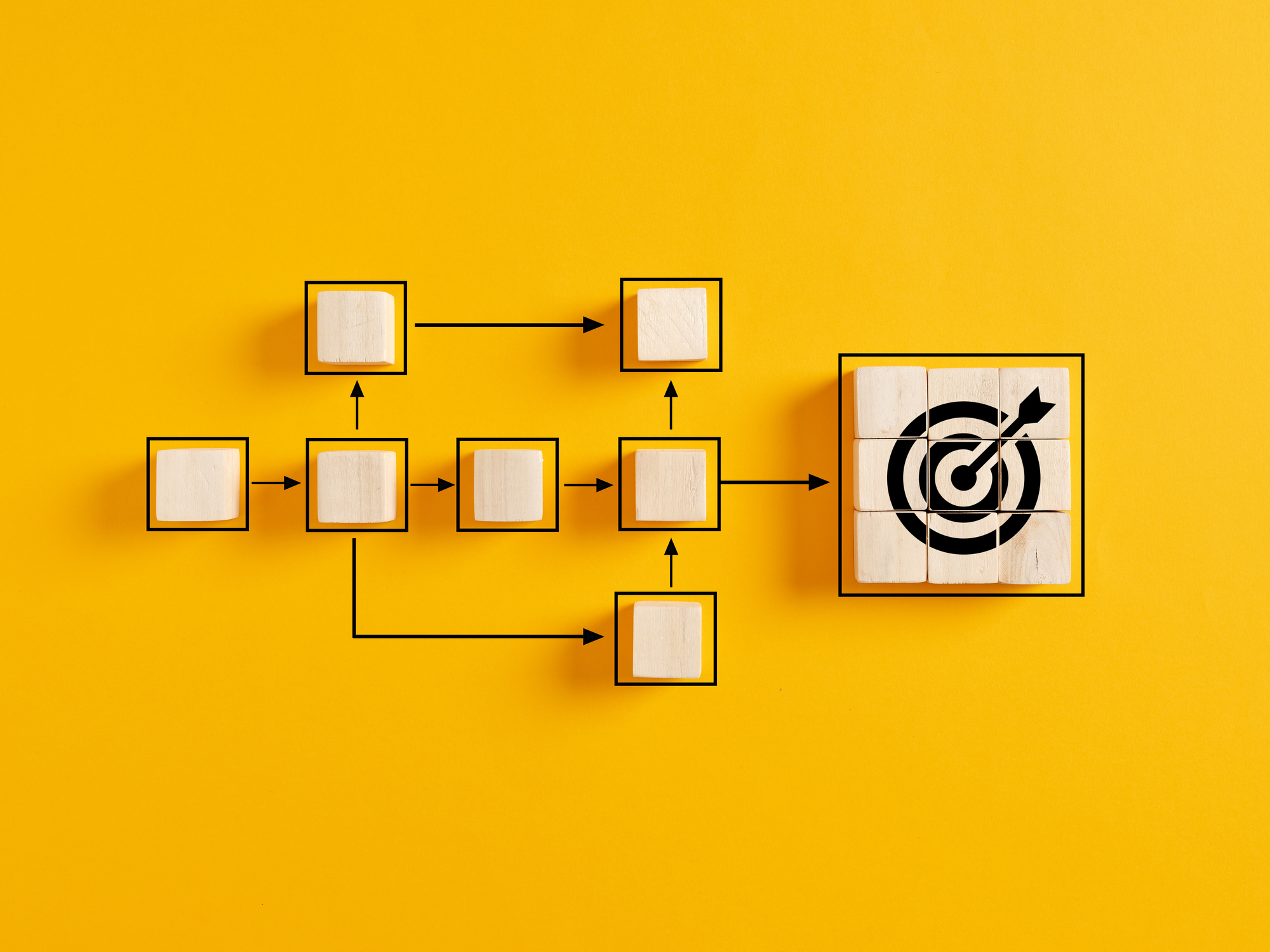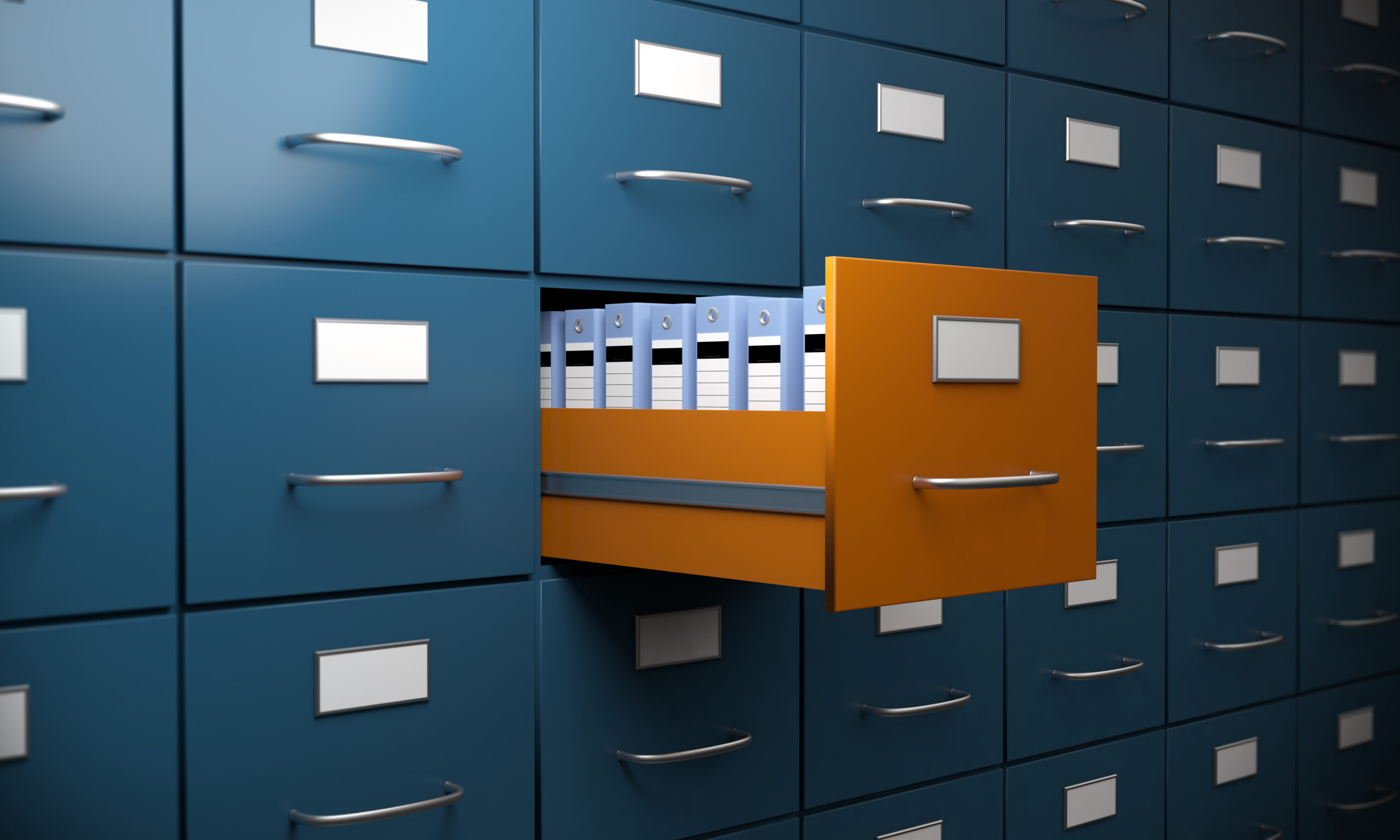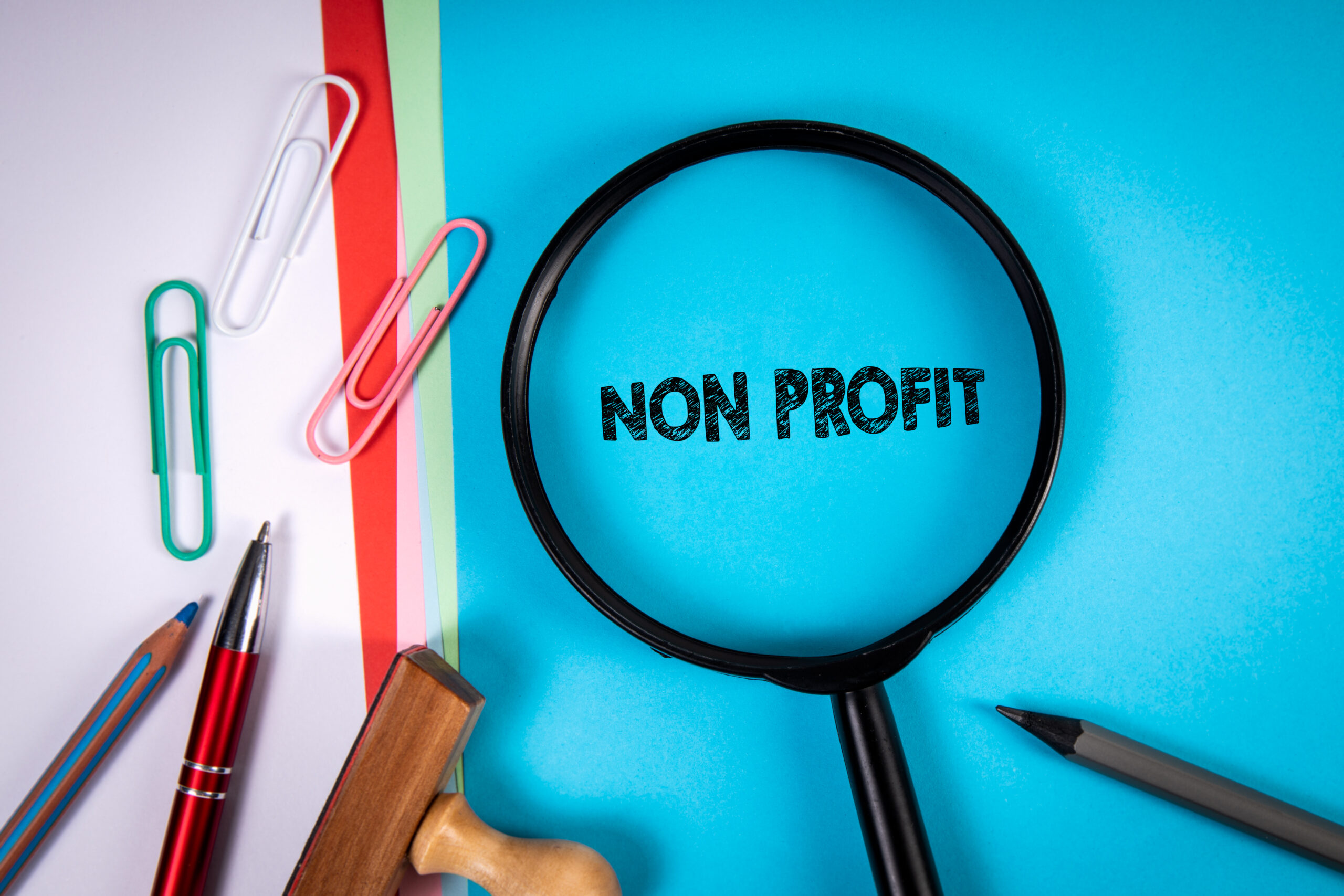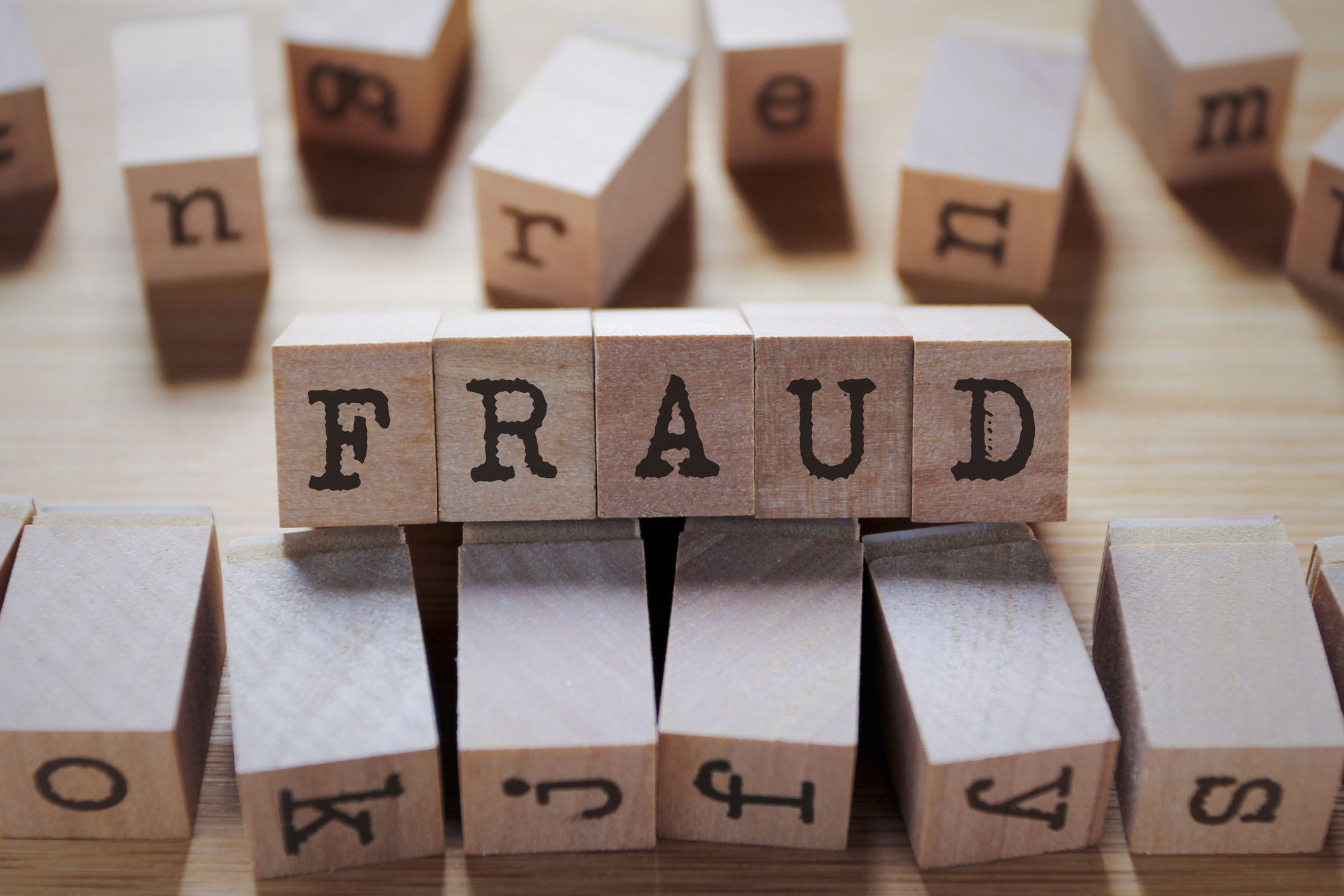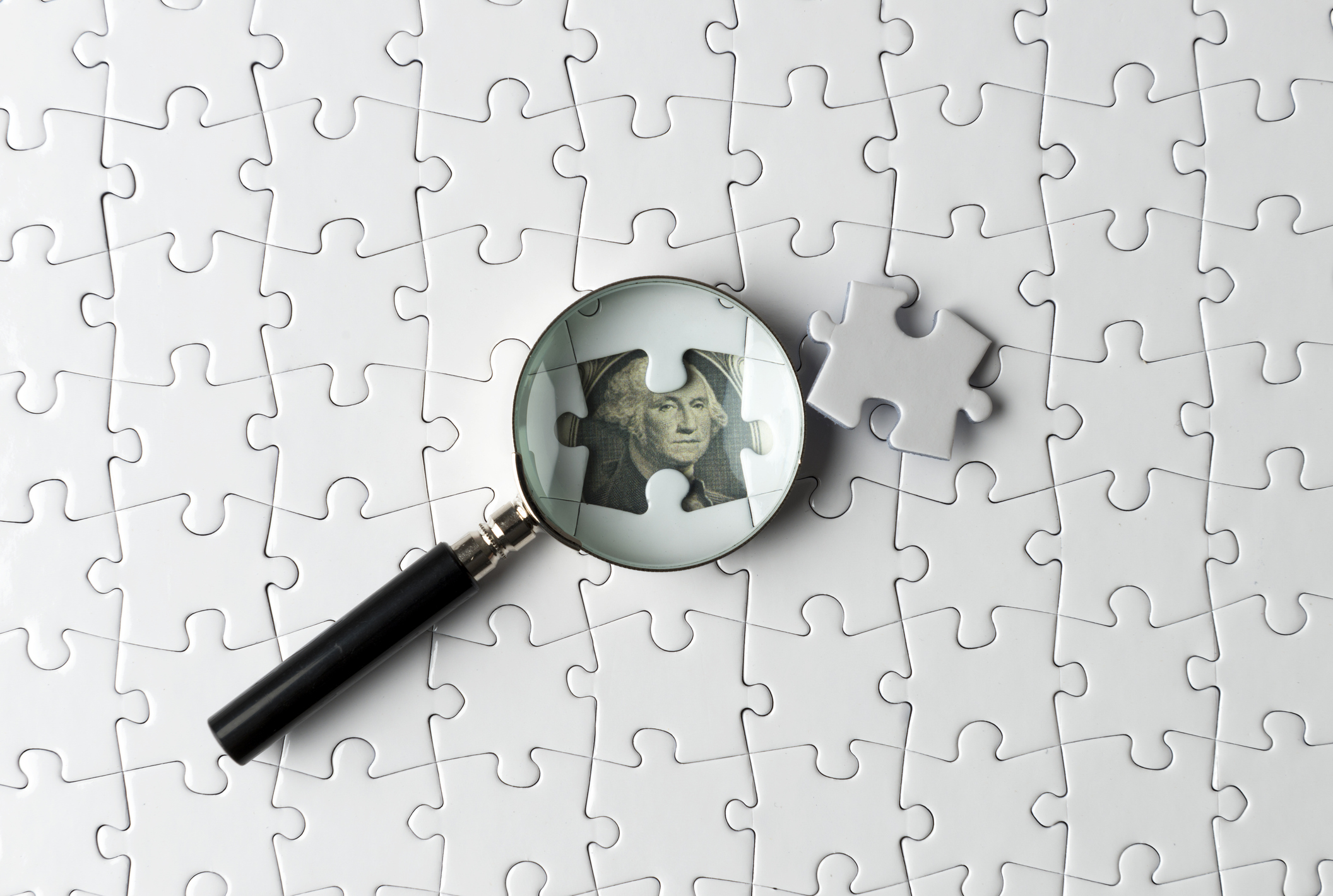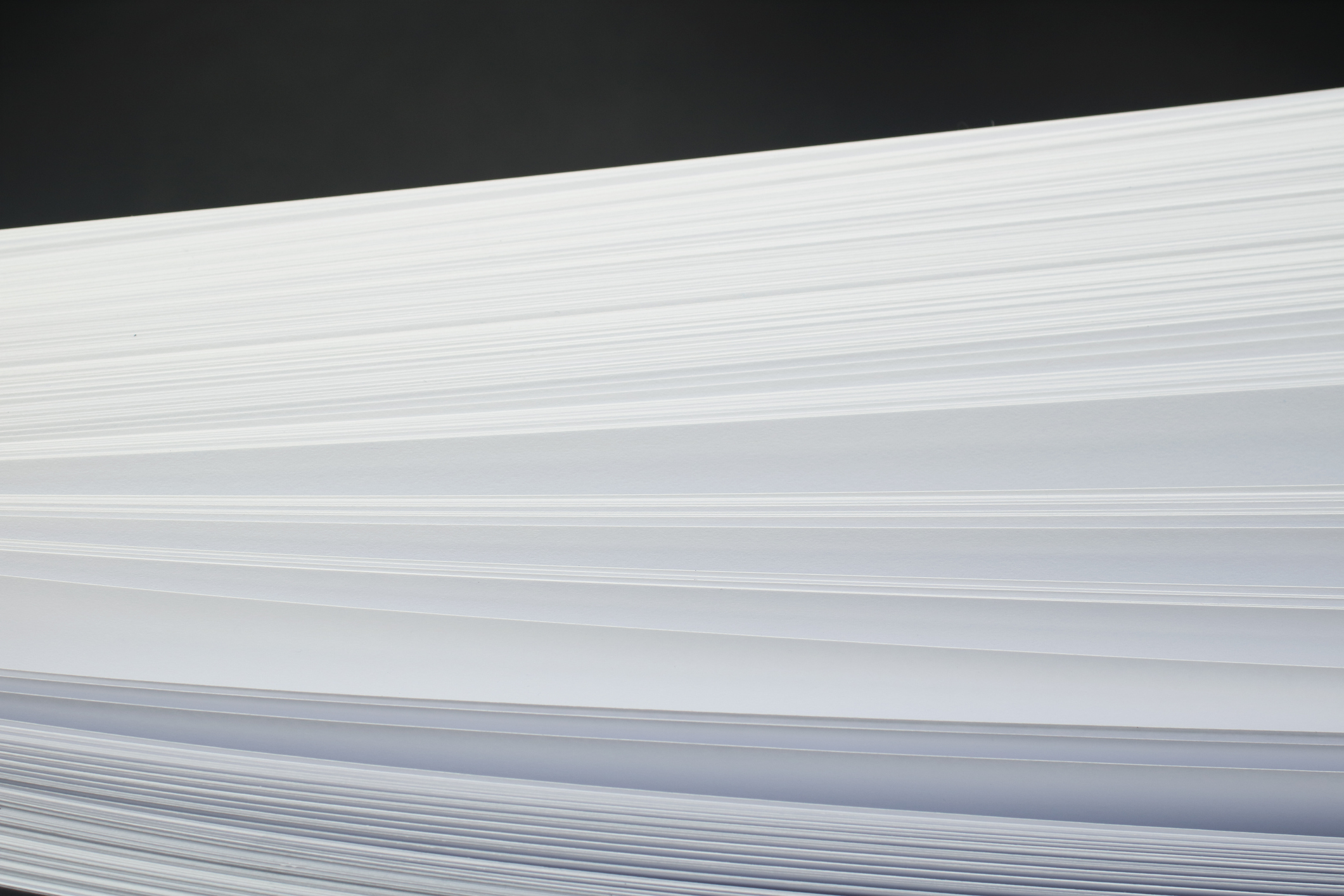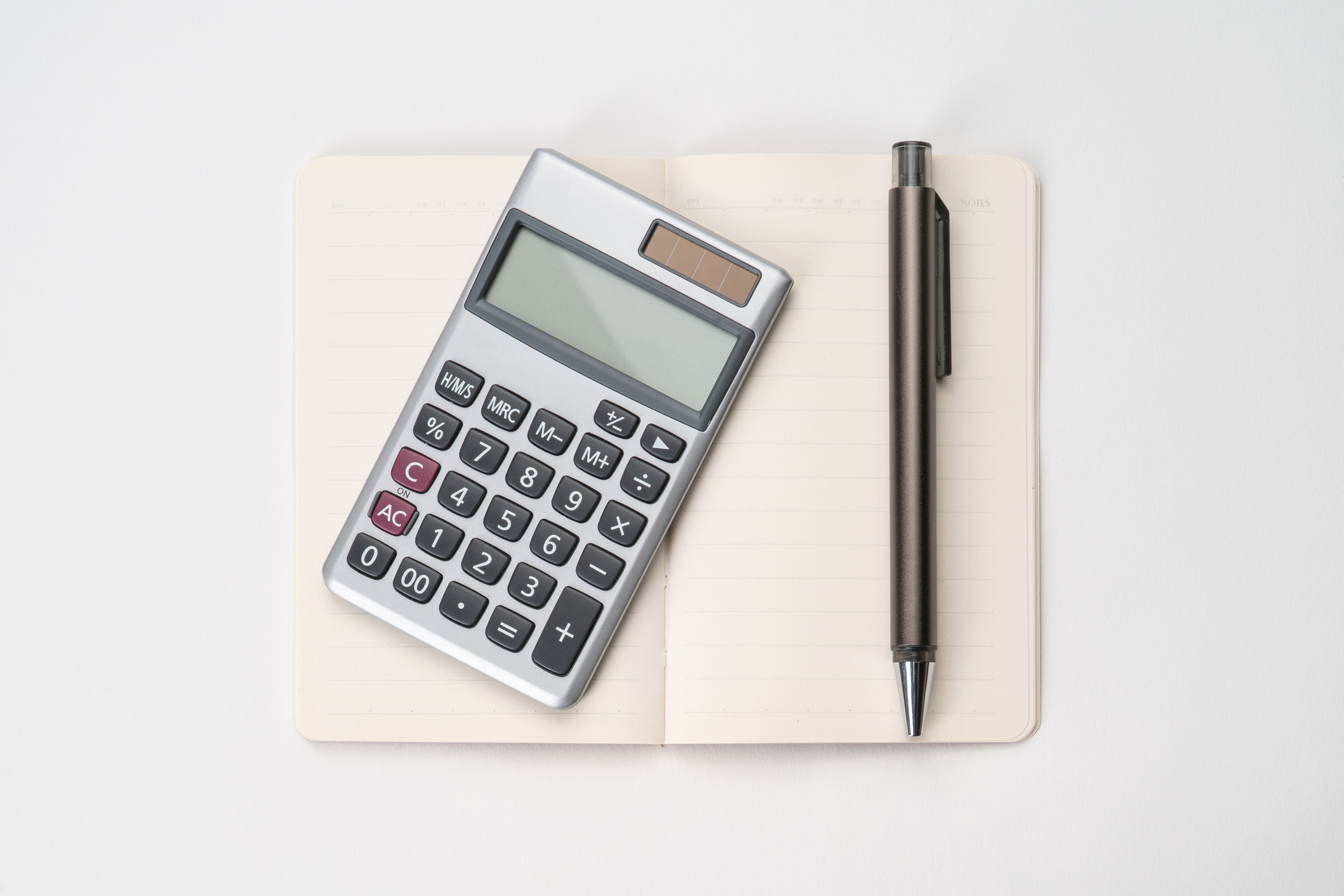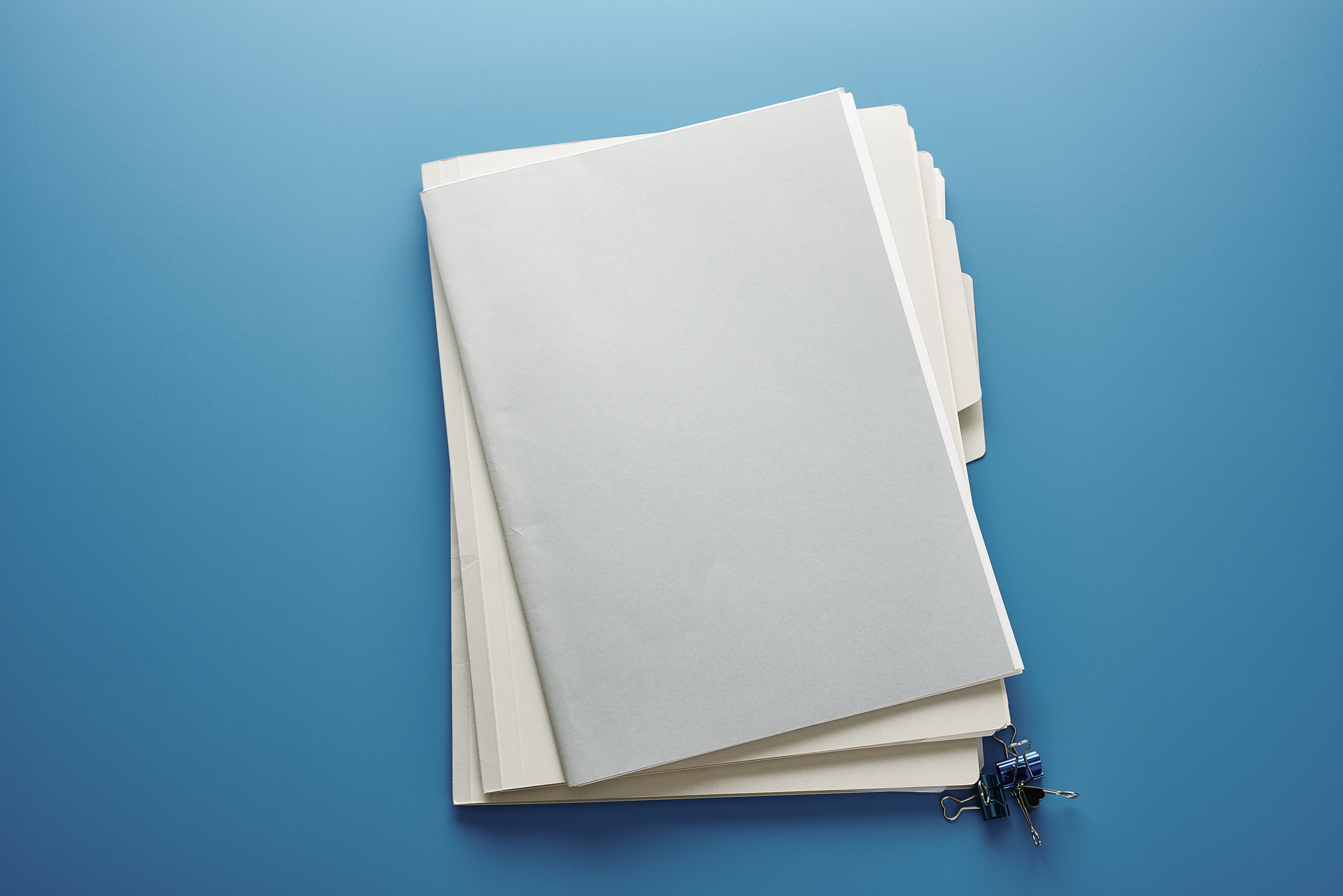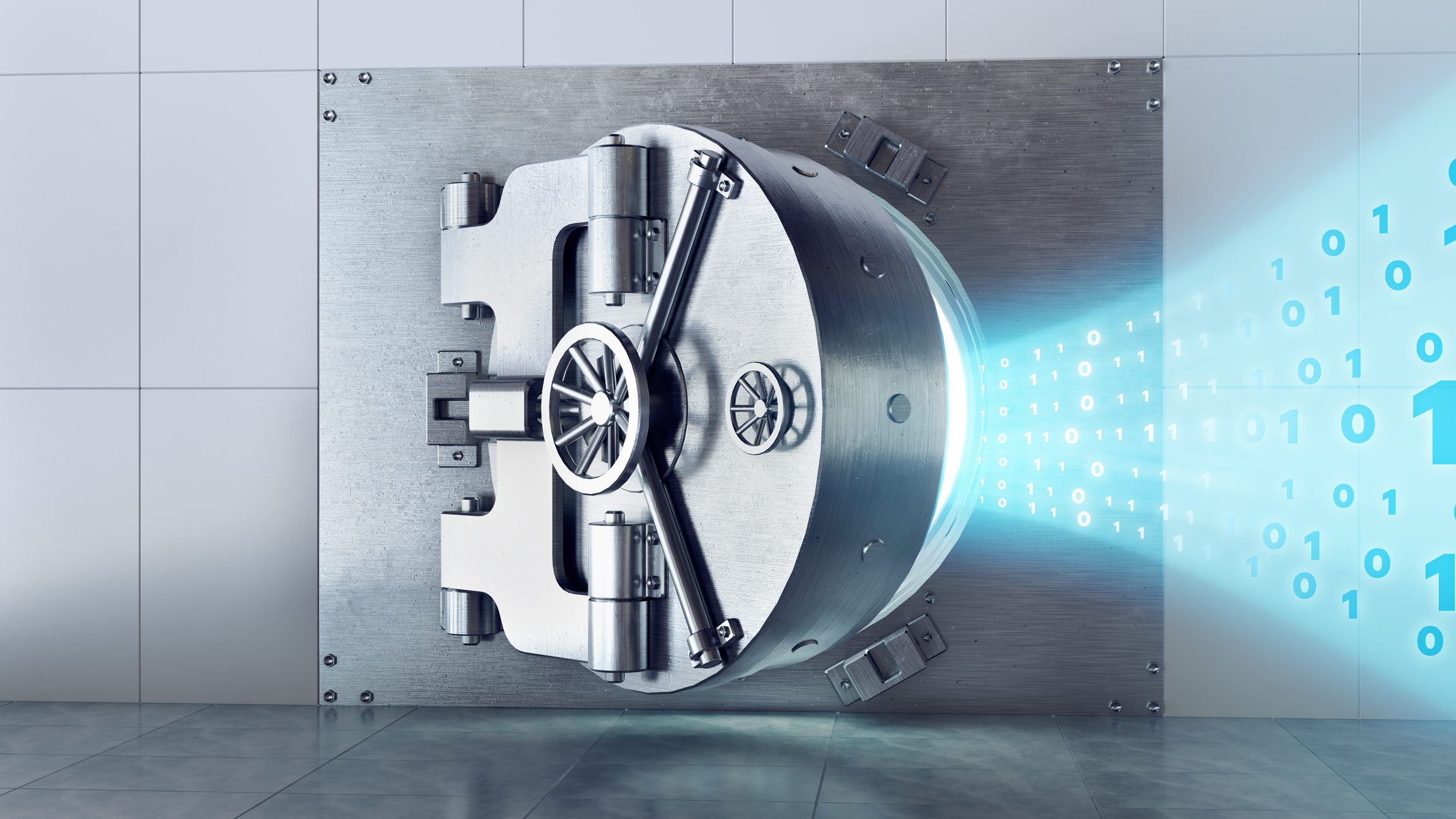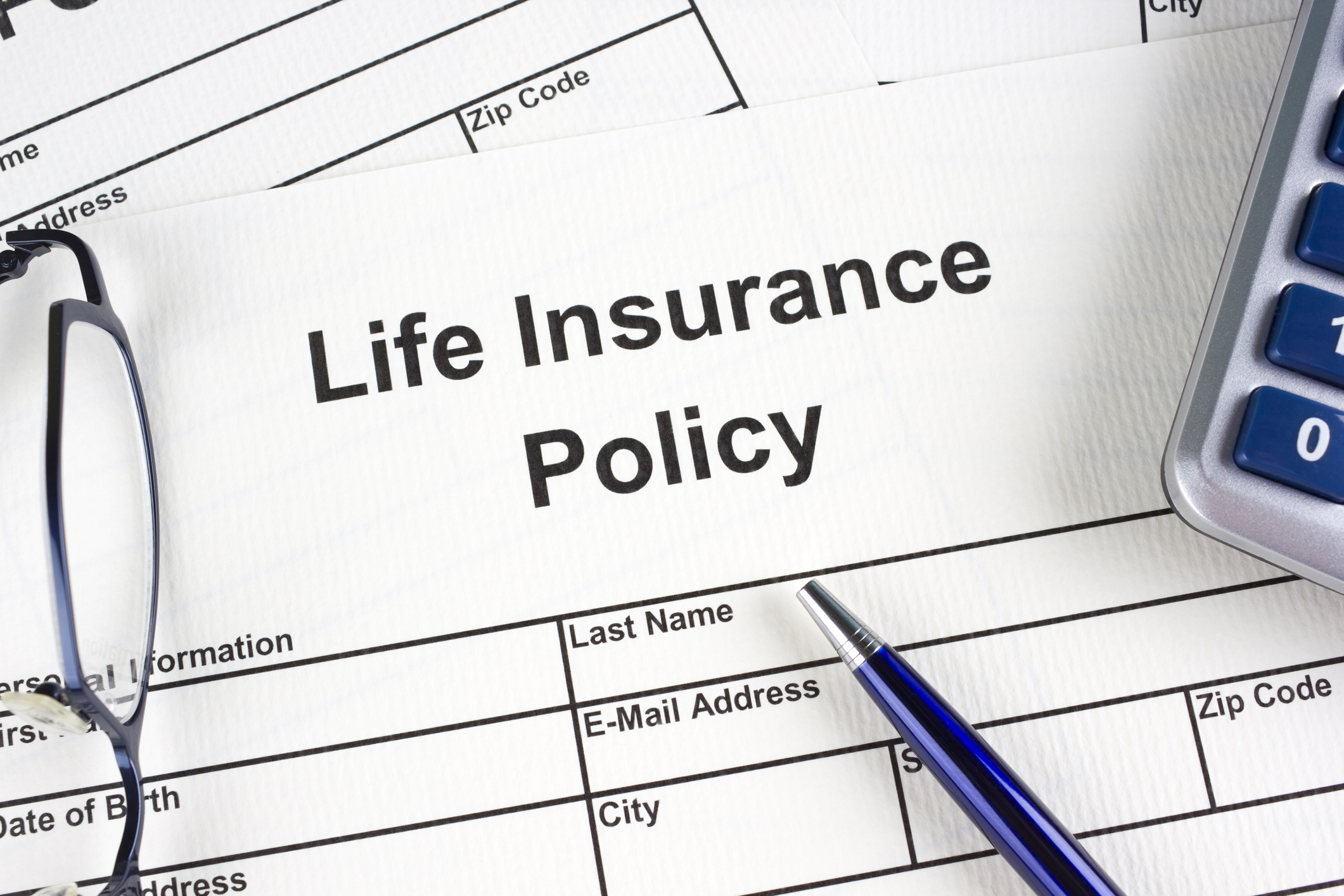Boost Your Cash Flow with Net Operating Loss Carrybacks
- Contributor
- Amy G. Hightower
Mar 3, 2021
The U.S. Tax Code offers few “quick fixes” for businesses that are short on cash, but the recent revival of net operating loss (NOL) carrybacks might be one of them. NOL carrybacks are only permitted for a short time, but by taking advantage of them while you can, your business may be able to secure the cash infusion it needs.
2018: NOL Carrybacks Eliminated
When Congress passed the Tax Cuts and Jobs Act (TCJA) at the end of 2017, they eliminated the provision in the Tax Code that permitted most businesses to use NOL carrybacks. Before the TCJA was passed, businesses could request a refund of prior-year taxes by applying unused losses from the current year — called net operating losses, or NOLs — against those tax liabilities. But effective for tax years beginning after December 31, 2017 , NOLs could no longer be carried back; they could only be carried forward and applied against future tax revenues.
The TCJA made changes to NOL carryforwards as well. Beginning in 2018, new NOLs carried forward could only offset up to 80% of taxable income. Pre -2018 NOLs were still available to offset 100% of taxable income. The elimination of NOL carrybacks and limitation of NOL carryforwards forced many businesses to rethink their tax strategies for 2018, 2019, and future tax years.
2020: NOL Carrybacks Restored
The first COVID-19 stimulus package temporarily lifted the restrictions on NOLs to help businesses that were struggling.
The Coronavirus Aid, Relief, and Economic Security (CARES) Act was written into law on March 27, 2020, in direct response to the COVID-19 pandemic. The CARES Act was far-reaching, but one of its provisions was to temporarily lift the ban on NOL carrybacks. Under the CARES Act, losses incurred in tax years 2018, 2019, and 2020 were permitted to be carried back up to five years. If businesses had no prior-year income to offset or chose to waive their carrybacks, they could carry those losses forward indefinitely to offset 100% of future years’ taxable incomes, instead of just 80%.
These carryback allowances are only temporary. 2020 is the last tax year whose losses can be applied in such a manner.
How to Improve Cash Flow with NOLs
If your business is short on cash, you may be able to take advantage of the new temporary NOL carryback allowances to get a cash infusion into your business. You can do this in a few ways:
Shift losses into 2018, 2019, and 2020, even if that requires you to file an amended return.
From a business success standpoint, you should never prefer losses. However, you may be able to shift some of your losses from one tax year to another to take advantage of NOL carrybacks. If you can report losses in 2018, 2019, or 2020, you can use those losses more effectively than if you reported them in 2021 or 2022. To shift your losses into the more desirable tax years, there are a few things you can do:
- Change your depreciation method.
If you did not use bonus depreciation or Section 179 depreciation in 2018, 2019, or 2020, amending your returns to do so may increase your tax loss.
- Change your accounting method.
Changing your accounting method may allow you to accelerate deductions or postpone income recognition, letting you meet your goal of accelerating tax losses. Reassessing your accounting method might be smart regardless of the new NOL carryback provision because the TCJA made the cash method of accounting accessible to more businesses beginning in 2018. But keep in mind that changing your accounting method is not simple and will have lasting effects on your tax position.
- Change your inventory cost recognition method.
If you use the cost method for reporting inventory, you may be able to accelerate deductions if you change to the lower-of-cost-or-market method.
- Accelerate deductions.
For accrual basis taxpayers, you can deduct bonuses in 2020 even if you initiate those payments after year end, but only if you do so by March 15, 2021. You can also accelerate deductions by cleaning up your books. You can write off uncollectible accounts, dispose of unused equipment, or true up deferred taxes.
Apply your NOLs optimally.
Use NOLs strategically. Taking the loss back as far as it will go may not be the right move. Your accountant can help you optimize these losses by looking at your tax liability each reporting year. Depending on your business’s owner makeup, your personal tax return, and your tax bracket, it may be wise to only carry back part of your losses or to apply your losses to future tax years instead. And keep in mind that applying losses to a prior tax year will not benefit the current year’s ownership pool; it will benefit the taxpayers who were owners in those prior tax years.
NOLs are not new concepts, but the tax laws surrounding them have evolved quite a bit. If your business needs cash, contact your CRI advisor to discuss your options, including whether to take advantage of the new NOL carryback provisions.
